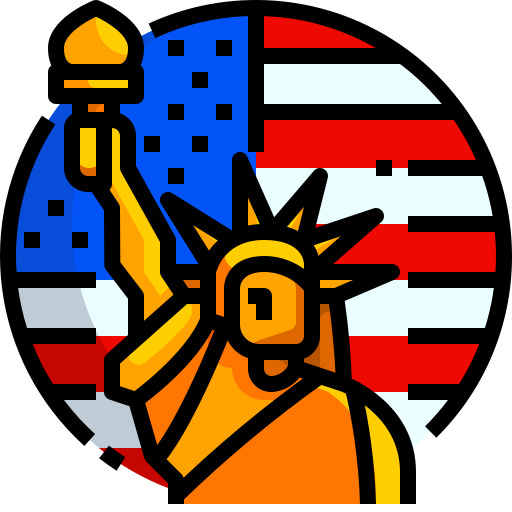- 1,774
- 1,020
- Origin

- Axis Group

- Copy to clipboard
- Moderator
- #73
Follow along with the video below to see how to install our site as a web app on your home screen.

Note: this_feature_currently_requires_accessing_site_using_safari




Yeah, their intention is to cause confusion. The tweet was later removed.This is a fake news authored by Salah Uddin Shoaib Choudhury:
View attachment 7045
Another fake report:
View attachment 7046
Even so, they can 'UNOFFICIALLY'; retired intel./armed forces personnel can help advise, train and arm Muktijoddhas. Weapons can be collected from various sources and training can happen at various locations (including Arakan, contiguous to BD territory). Funds can be collected (as donations) from various overseas BD's & from well wishers who'd like to see Bangalee muslims & BD free ourselves from this road sitting who no-man oppressors & their black rearend renting prostitute razakars.I wish that was true, but unfortunately, they don’t have permission to do that now.
They, mother renter leaguers (hey, don't look at me, that's what Muktijoddhas call them, apparently that's what they were doing back in '71 while rest of the population was fighting tooth-n-nail to free this country), put their Poltu & Boltus everywhere. That includes international news, human rights/other organizations, including various UN organs. They didn't just infiltrate BD.Mir Sabbir is editor of BBC Bangla and he was a Chatro League leader. That's why BBC Bangla was able to provide updates even when every other news outlet was unable to post update because of blackout. They are posting the govt narrative.
Loading...